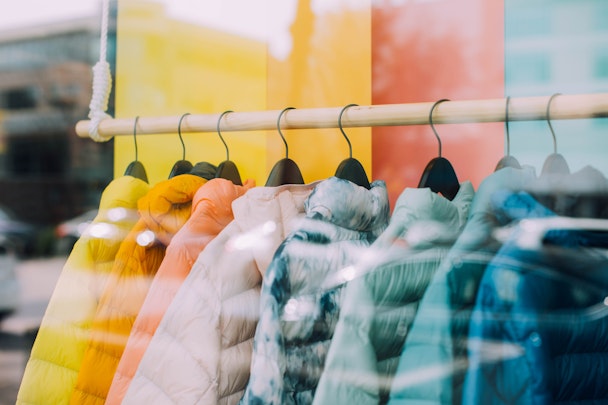Marketers, here’s what future retail consumers might be shopping for
As part of The Drum’s deep dive into all things Retail, Satish Krishnamurthy, chief strategy officer at TBWA\India, and Vishwajit Vyas, head of data practice at TBWA\India picks out a handful of emerging trends that could help companies today connect with consumers tomorrow.

They say, the future is already here, but just not evenly distributed. While you’re reading this, someone in Japan just bought a cup of steaming hot noodles from a vending machine, someone in Seattle just picked up a few products and walked out of the Amazon store without paying and someone in rural India just received money on Google Pay for a homemade pickle order. Retail is constantly evolving in many ways within each country and India is going through an interesting phase as well. Overall, India has managed to leapfrog so many retail trends and is now honing its retail game to grab a larger share of the future. Here is a peek at what may be in store for the post-pandemic retail consumer
Experiential, the new retail pivot
There are decades when nothing happens, and then there are weeks when decades happen. Physical retail stores will never be the same again. For Gen X and the Boomers, URL is the new IRL – online commerce is booming. Paradoxically, social isolation made everyone value their physical interactions even more. Like many markets, in India too, retail is finding a way to create more experiential connections with its customers.
Malls are reinterpreting the use of spaces. Brands are getting unique opportunities to create immersive experience zones to recount their brand story and engage visitors. Weekend farmer markets and live music gigs are slowly coming up in cities like Delhi and Bangalore. This becomes another way for retail areas to engage with the customer beyond the sale. Retail spaces are slowly transforming into extended community circles that help people reconnect with society in the post-Covid world.
Navigating the tech tightrope
While retail ceded primacy to e-commerce and technology to ensure that consumer needs were met during the pandemic, the key question all retailers are asking is: when will customers come back? While customers are willing to spend in a physical retail store, their expectations have changed. A seamless experience is now taken for granted.
Retailers have to marry their personal touch with tech to deliver an impeccable and repeatable experience. For example, Decathlon in Mumbai has enabled a touch-free checkout experience with its app. Within the store, the customer scans the QR codes on the product in the aisle, pays for it on the app, and walks out with the product. This eliminates the long queues at checkout while maintaining higher levels of cleanliness in the stores.
Today, real estate in India relies heavily on VR to help people walk virtually through show flats, automakers are using similar technology to showcase their cars – Honda even went one step forward by letting people buy cars off their website. Similar tech interventions within the shopping experience are making Indian retail regain importance in the emerging post-pandemic world.
Hopping on the networked commerce bandwagon
In 2020, local grocery owners leapfrogged into the future and asserted their market dominance with the adoption of technology. This is driving a networked economy that thrives on mutual benefit and success.
The inherent flat nature of this network means that brands have to trade control for partnerships. Marketers who recognise this shift and leverage this data will be able to broad-base their offerings. They can drive stronger human connections to their brands, beyond just the metro areas.
Brands like Meesho are helping homemakers in the most remote villages tap into their local networks to create better livelihoods for themselves. Brands that can localise experiences at scale and speed, will have a far greater chance of winning converts for life.
Building loyalty via lifecycle luxury
Today, brands are chosen not just for their product, but also for their point of view about the world we live in. The pandemic has ushered in a surge towards self-care and making the quality of everyday life better. This has made brands strengthen their stance on sustainability and the environment. For example, Iro Iro, a zero-waste lifestyle and fashion brand works with handweavers in Jaipur, Rajasthan, who weave recycled textiles to create beautiful, modern, and handmade clothing. Since its inception, Iro Iro has upcycled more than 5000kgs of waste fabric to create sustainable fashion.
Satva makes comfortable organic cotton leggings, Stretchery makes eco-friendly, durable, and allergy-free clothing. These and many other brands are tapping into the functional leisure-loungewear pandemic lifestyle to carve a niche for themselves and build their brand.
What these broad themes tell us is that the entire retail ecosystem is undergoing a shift – from where you sell, to how you buy to what gets purchased, the changing contexts of consumer experience are modulate how we Indians adapt to the new retail reality. Yes, these trends are not mainstream, but if they are viewed through the lens of emergent culture, can help companies prepare better to connect with consumers in the future.
The article has been co-authored by Satish Krishnamurthy, chief strategy officer and Vishwajit Vyas, head of data practice at TBWA\India
